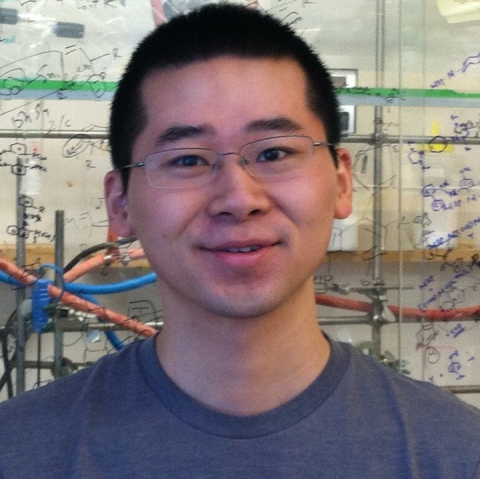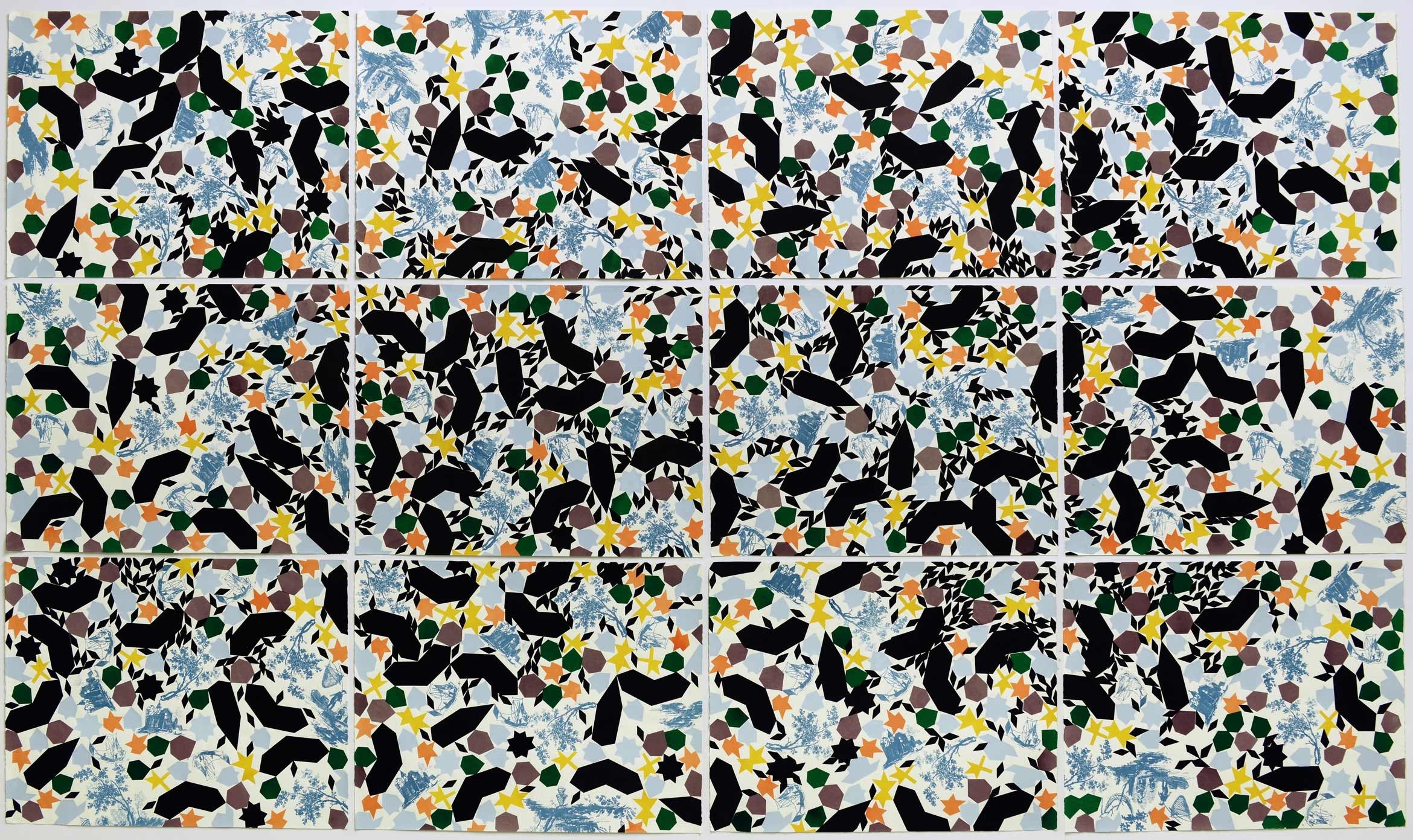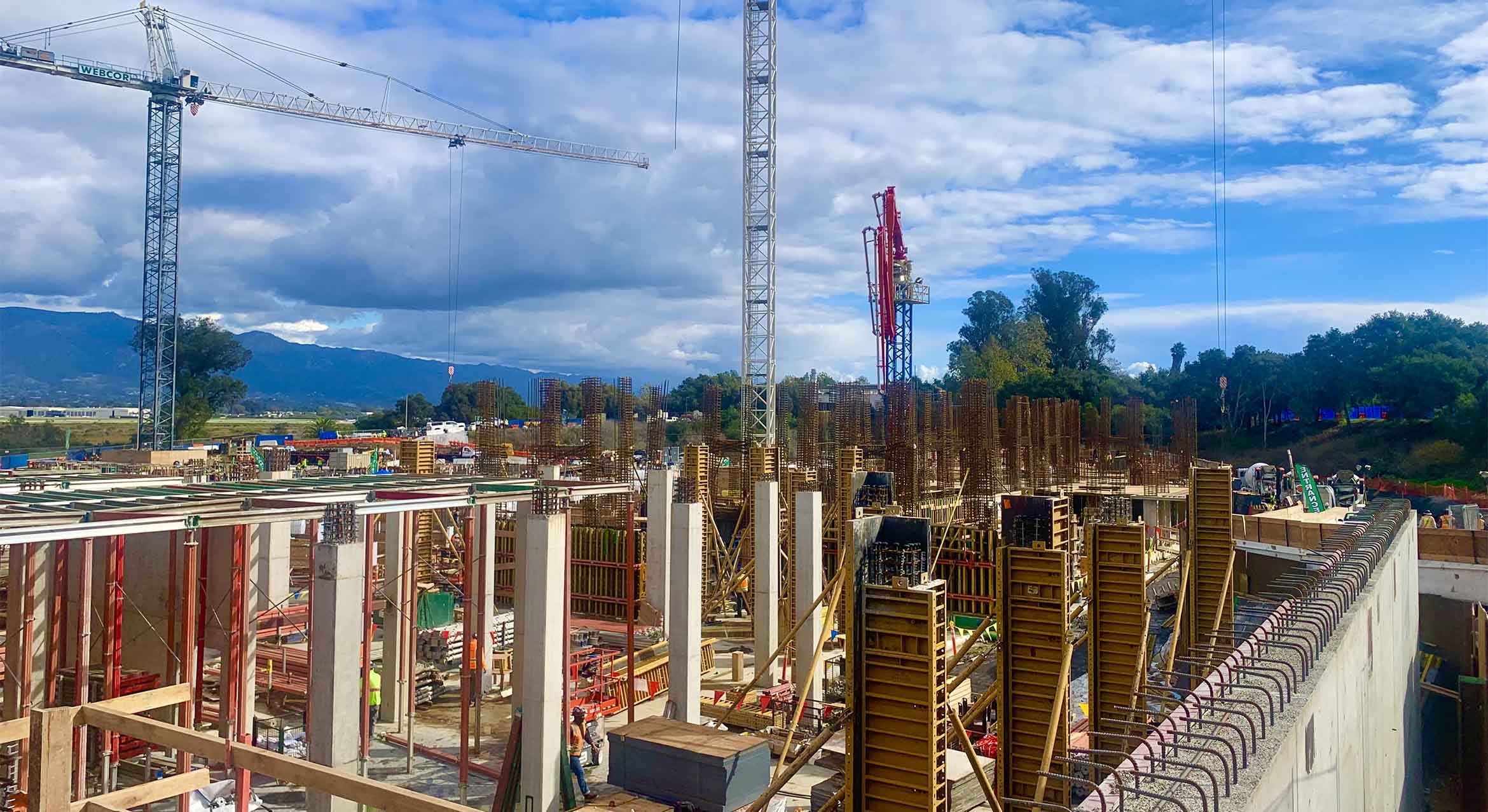Yang Yang’s wizardry with enzymes earns him early career recognition
Enzymes are biology’s catalysts. They facilitate chemical reactions that wouldn’t normally occur under a particular setting. Gain a mastery of enzymes and you can create novel molecules with exquisite finesse.
It’s precisely this kind of skill that has earned UC Santa Barbara’s Yang Yang the 2024 Early Career Award in Chemistry from the pharmaceutical giant Novartis. Each year, the company recognizes an outstanding scientist within 10 years of establishing their independent research career in chemistry. The award provides two years of funding and includes an invitation to present at the company’s campus in Basel, Switzerland or Cambridge, Massachusetts. Yang was chosen for his accomplishments in solving synthetic chemistry problems and pushing the boundaries in radical catalysis.
“I appreciate the generous support from Novartis,” said Yang, an assistant professor in the Department of Chemistry & Biochemistry. “This award will allow my group to continue our study developing biocatalytic tools for use in discovery and process chemistry.”
“The Novartis Early Career Award in Chemistry is a well deserved recognition of Yang's accomplishments,” said department chair Alison Butler.
With an interdisciplinary approach, Yang’s lab is able to reprogram and reinvent nature’s biosynthetic machinery to catalyze reactions that are well beyond the native biochemical landscape. He has particularly distinguished himself in the realm of enzyme engineering and repurposing by integrating chemistry, biology and artificial intelligence.
The Yang lab has made great strides in synthesizing proteins containing metals, using new techniques to catalyze metalloproteins that have long eluded organic chemists. His group has also worked out novel ways to leverage pyridoxal enzymes, which are powerful catalysts responsible for the construction and destruction of amino acids in natural metabolism. Both of these accomplishments provide Yang and his group with incredible control over the specific shape, or stereochemistry, of amino acids and other valuable chemical entities they produce. “All the reactions we are developing in this area are not previously known in either organic chemistry or biochemistry,” he said.
Yang has also developed and applied computational models to speed up enzyme design and engineering. He is also using AI to better understand the relationship between an enzyme’s function and its underlying structure.
Yang’s research is providing insight into the fundamental science of enzymes and reactivity patterns, which will facilitate discovery and production of new molecules for use in biomedical sciences.




